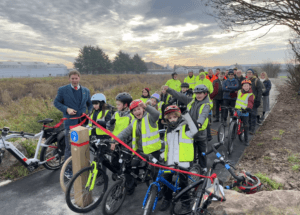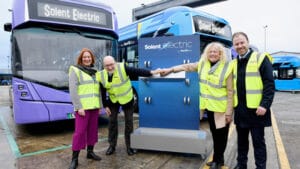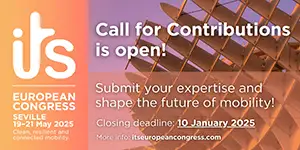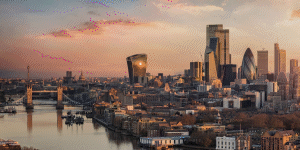The Go-Ahead Group, one of the UK’s largest public transport operators, has teamed up with engineering and consultancy firm Arup, to create a blueprint which better integrates public transport with walking, cycling, micromobility and digital services, enabling quick and easy connections between sustainable modes of transport.
Published today, the Future Mobility Hubs report presents a flexible framework for a network of interchanges that can be adapted to suit different cities, suburbs and rural areas across the UK.
Passengers waiting for a bus could benefit from solar powered lighting and heating, cycle storage and hire, charging points, community gardens and even co-working spaces.
Mobility hubs could unlock opportunities for low-carbon journeys by better integrating different forms of transport, creating an attractive alternative to cars. Services tailored to each location would enhance existing infrastructure such as bus stops, railways stations and park and ride facilities with options ranging from cycle storage, e-bikes and EV charging to improved lighting, amenities and public realm.
The framework is published as local authorities work towards an October deadline for Bus Service Improvement Plans (BSIPs) – which will be submitted to bid for a share of £3 billion of funding provided under Bus Back Better – the Government’s national bus service strategy. A number of Go-Ahead Group’s operating companies have identified potential locations for mobility hubs in submissions to local authorities.
Mark Anderson, Go-Ahead’s Interim Customer and Commercial Director, said: “The on-board environment on buses has improved markedly with modern vehicles and better accessibility. But our customers also want a more comfortable environment to wait for a bus, or to change between modes of transport.
“Today we’re setting out a vision of what bus stops and interchanges could look like in the future. For the UK to meet its goal of becoming carbon neutral by 2050, we need millions of people to switch from cars to public transport. We’ll only achieve that, as a country, if we think big, work closely with local authorities and come up with ideas to make travelling as attractive as possible.”
Richard de Cani, Arup’s Global Planning Lead, said: “As people demand improved connectivity solutions and grapple with the impact that their choices have on climate change, this vision for mobility hubs sets out a high-quality framework to spark fundamental change – providing us with a sustainable alternative to shift our behaviour and support decarbonisation of the transport network.”
“Currently transport options in our towns and cities can be fragmented. Mobility hubs could combine services to provide more integrated and convenient journey choices while reducing the carbon impact and helping us achieve our net zero ambitions.”
The full document can be accessed here.




























